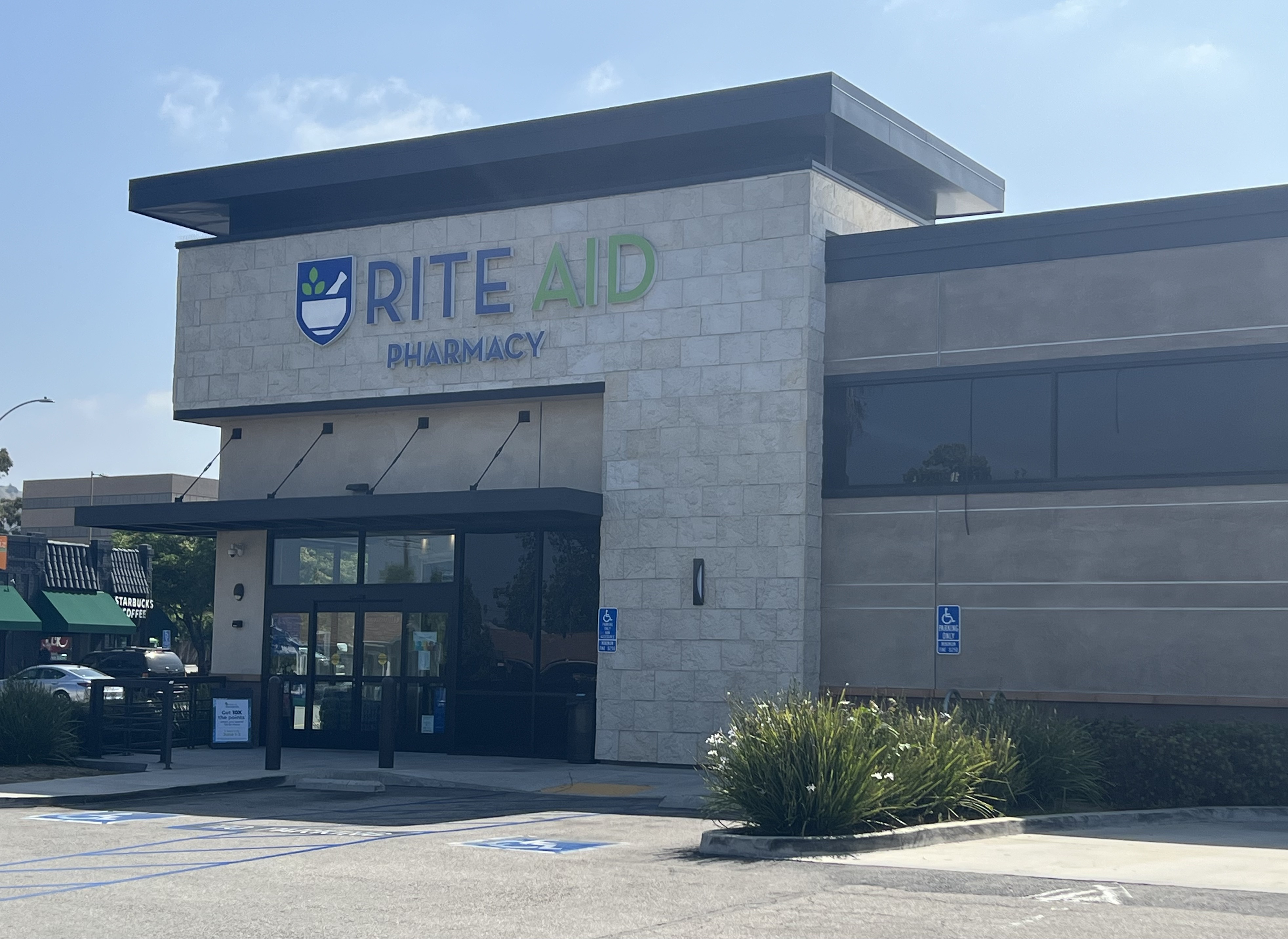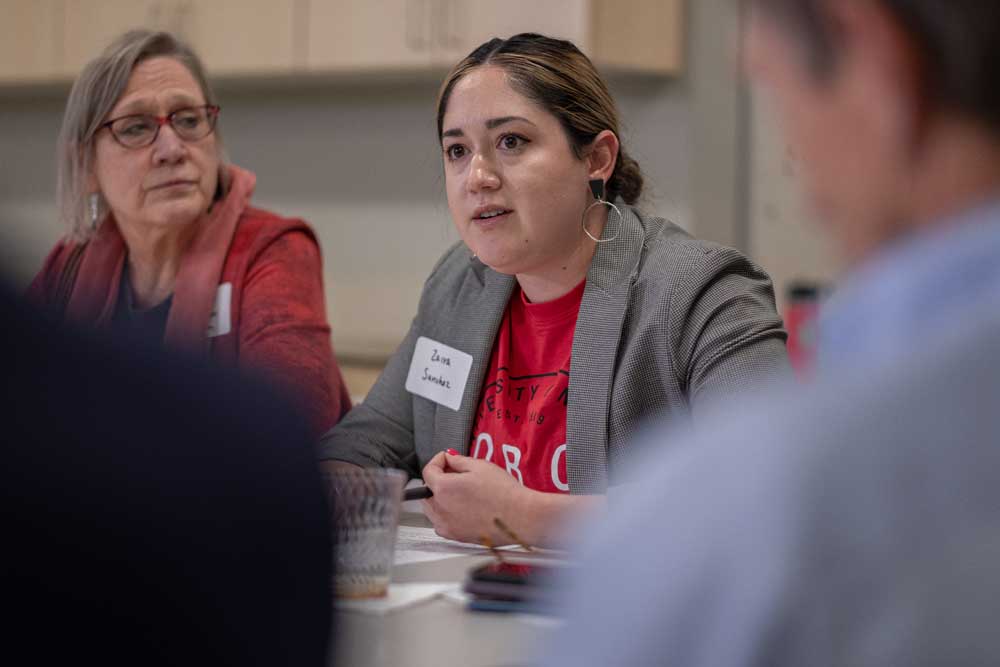Training push targets nitrogen management
Published 8:44 am Thursday, March 7, 2013
Experts work to reduce the amount
of fertilizer that ends up in aquifers
By TIM HEARDEN
Capital Press
OAKLAND, Calif. — University experts will offer training to more than 600 private crop advisors on how to help growers avoid leaching nitrates into groundwater.
Scientists from the University of California system are working with the state Department of Food and Agriculture to develop a curriculum and certification program aimed at protecting water quality.
The program was recommended by the state Water Resources Control Board, which is considering more scrutiny on nitrates in groundwater after a UC-Davis study last spring showed that nitrate contamination in drinking water is a pervasive problem.
Experts from the university’s Division of Agriculture and Natural Resources are preparing materials for classes that will begin in January 2014, according to a university news release.
Certified crop advisors will then show farmers the additional steps they can take to reduce the amount of nitrogen fertilizer that ends up in aquifers, said Doug Parker, director of the UC’s California Institute for Water Resources and leader of UCANR’s water strategic initiative.
“The training will basically be background material on the nitrogen cycle, different types of nitrogen fertilizers, how different types of soils affect (leaching) and different cropping systems,” Parker told the Capital Press.
“There will be stuff on irrigation management as well,” he said. “If you can keep nutrients near the root they can be taken up, while putting on too much water too quickly can flush them down.”
Farm advisors from the UC Cooperative Extension have already been giving growers tips on how to be careful with nitrogen, which is needed by almond and other trees.
In December, experts told growers at a Corning, Calif., workshop that knowing when to apply nitrogen-based nutrients to trees can limit groundwater contaminants. A grower shouldn’t put nutrients on too early or too late, explained Patrick Brown, a UC-Davis plant sciences professor.
Almond trees don’t take up nitrogen when they’re dormant, and then the tree’s uptake diminishes as the summer passes, Brown told the growers. He said producers should develop a nitrogen “budget” for their trees based on the anticipated crop size and not be afraid to alter it as conditions change.
The efforts come as farmers on the Central Coast are grappling with new application and monitoring rules, and growers in the Central Valley could soon face similar rules.
Parker said farmers could be required to develop nitrogen management plans that are signed off by certified crop advisors, which the classes would train the advisors to do. He said training sessions would be tailored to different cropping systems and regions within the state.
Online
UC Division of Agriculture and Natural Resources: http://ucanr.org/





